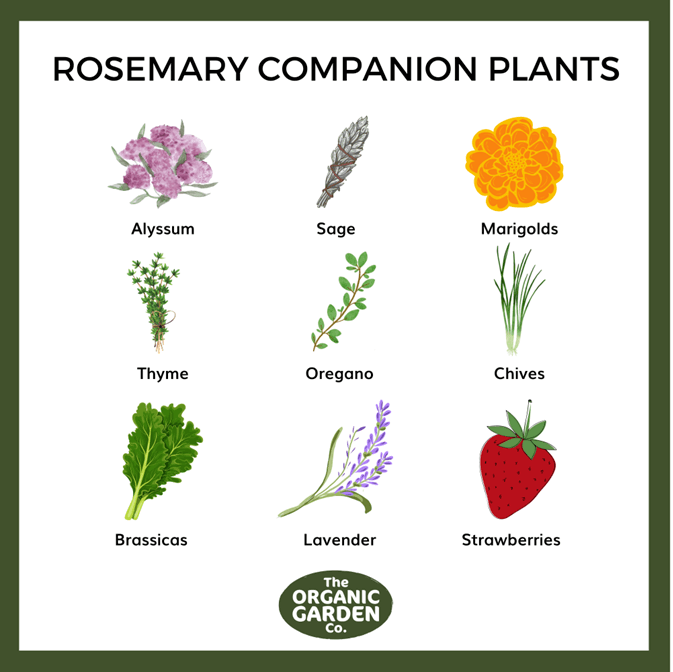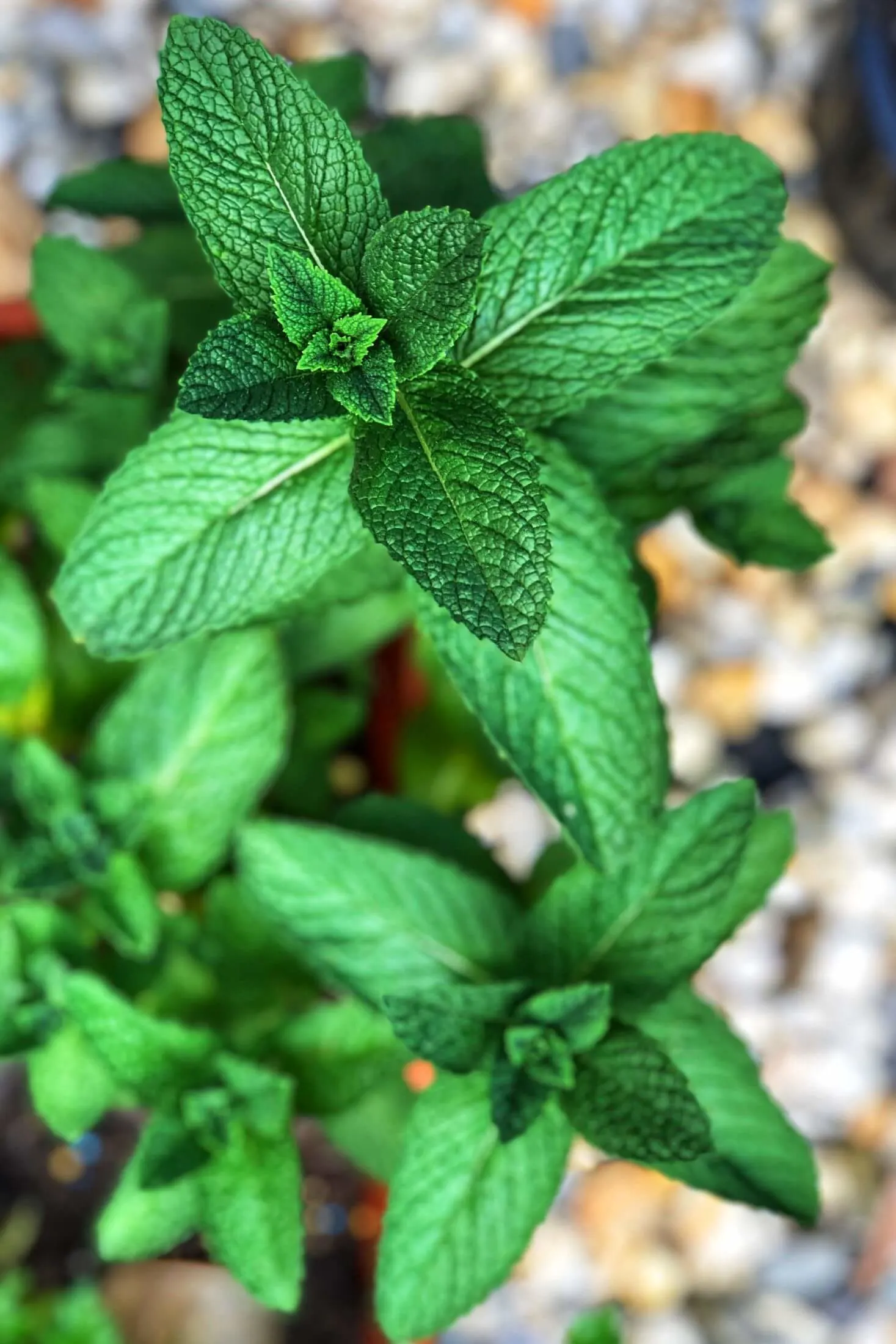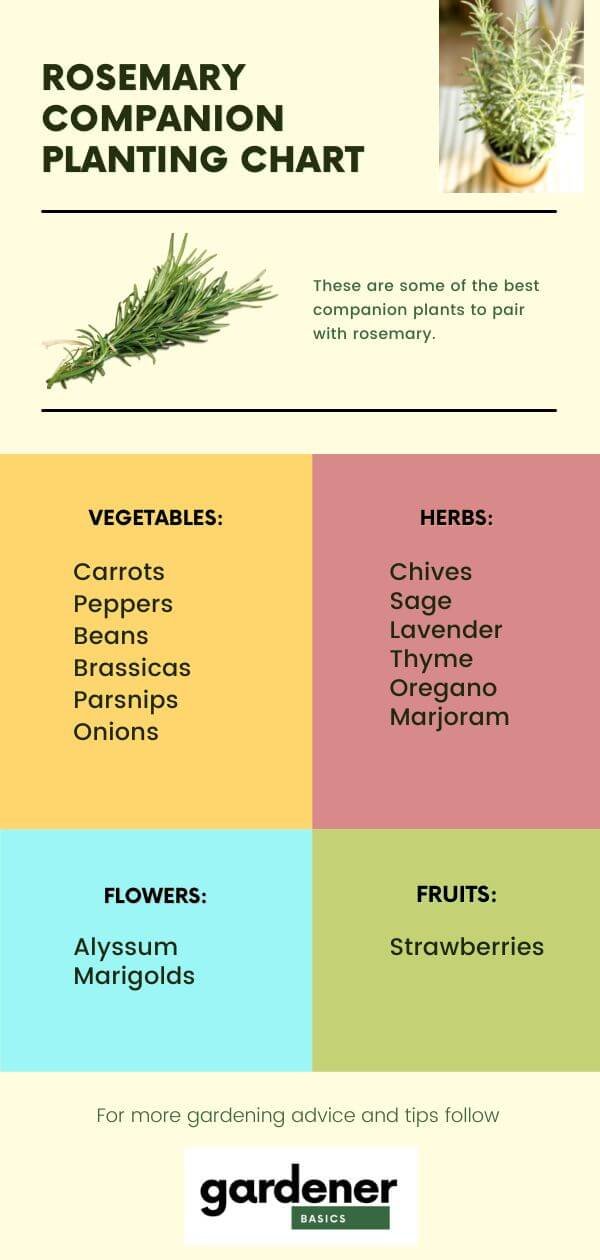Best Companion Plants For Mint
Title: Best Companion Plants for Mint
Introduction:
Mint is a versatile herb that can be used in a variety of dishes, from salads to desserts. It is also a popular choice for companion planting, as it can help to repel pests and improve the growth of other plants.
In this blog post, we will discuss the best companion plants for mint. We will also provide some tips on how to plant and care for mint, so that you can enjoy its many benefits.
Main Content:
What is companion planting?
Companion planting is a gardening technique that involves planting different types of plants together to benefit each other. Some plants can help to repel pests, while others can improve the growth or flavor of nearby plants.
Why is mint a good companion plant?
Mint has a strong scent that can repel a variety of pests, including aphids, mosquitoes, and ants. It can also help to improve the growth of other plants by attracting beneficial insects, such as bees and ladybugs.
In addition, mint can help to improve the flavor of other plants. For example, planting mint near carrots can help to reduce the bitterness of the carrots.
What are the best companion plants for mint?
Some of the best companion plants for mint include:
- Carrots: Mint can help to repel the carrot root fly, which is a common pest of carrots.
- Cabbage, cauliflower, and kale: Mint can help to repel the cabbage moth, which is a common pest of these vegetables.
- Tomatoes: Mint can help to repel aphids and other pests that can damage tomatoes.
- Peas and beans: Mint can help to improve the growth of peas and beans by attracting beneficial insects.
- Oregano and marigolds: Oregano and marigolds can help to repel pests and attract beneficial insects, making them good companion plants for mint.
Tips for planting and caring for mint:
- Mint is a fast-growing plant, so it is important to plant it in a container or raised bed where it can spread without taking over your garden.
- Mint prefers full sun, but it can also tolerate partial shade.
- Mint is relatively drought-tolerant, but it will benefit from regular watering.
- Mint is a heavy feeder, so it is important to fertilize it regularly.
Conclusion:
Mint is a versatile and beneficial herb that can be used in a variety of ways. By planting mint with the right companion plants, you can help to repel pests, improve the growth of other plants, and enjoy the many benefits of this delicious herb.
Mint is a versatile herb that can be used in a variety of dishes, but it's also a great companion plant for other vegetables and flowers. Mint's strong scent can help to deter pests, attract pollinators, and improve the flavor of neighboring plants.
Some of the best companion plants for mint include:
- Carrots: Mint can help to deter the carrot fly, which can damage carrots.
- Cabbage, cauliflower, and kale: Mint's strong scent can help to deter cabbage moths and flea beetles, which can damage these vegetables.
- Tomatoes and eggplants: Mint can help to deter aphids and other pests that can damage tomatoes and eggplants.
- Peas and beans: Mint can help to attract nitrogen-fixing bacteria, which can improve the growth of peas and beans.
If you're looking for more information about companion plants with mint, visit this website address: https://www.gardeningknowhow.com/edible/herbs/mint/mint-plant-companions.htm.
FAQ of companion plant with mint
- What are good companion plants for mint?
Some of the best companion plants for mint include:
Brassicas: These plants, such as broccoli, cabbage, and cauliflower, benefit from the mint's strong scent, which helps to deter pests like cabbage moths and flea beetles.
Carrots: The mint's scent helps to repel the carrot root fly, which can damage carrots.
Marigolds: Marigolds attract beneficial insects, such as ladybugs and hoverflies, which help to control pests that can damage mint plants.
Peas and beans: Mint can help to improve the growth of peas and beans by attracting pollinators.
Tomatoes and eggplants: Mint can help to deter aphids and other pests from tomatoes and eggplants.
What plants should I avoid planting near mint?
There are a few plants that you should avoid planting near mint, as they can compete for resources or be negatively affected by the mint's strong scent. These plants include:
Basil: Basil and mint are both members of the mint family, and they can compete for resources.
Chives: Chives can be negatively affected by the mint's strong scent.
Strawberries: Strawberries can be susceptible to the mint's root rot.
How do I plant mint with other plants?
When planting mint with other plants, it is important to consider the size of the mint plant. Mint can be very invasive, so it is best to plant it in a pot or raised bed. You can also plant mint in the ground, but be sure to give it plenty of space to grow.
- What are the benefits of companion planting with mint?
There are several benefits to companion planting with mint. Mint can help to deter pests, attract pollinators, and improve the growth of other plants. Additionally, mint has a strong scent that can mask the smell of other plants, which can be helpful if you are growing plants that are susceptible to pests.
Image of companion plant with mint
10 different images of companion plants with mint that are free to use:
Oregano and marigolds are both strong-scented plants that help to deter pests. They also attract pollinators, which can help to improve the pollination of your mint plants.
Carrots and mint help to improve each other's growth. Carrots help to keep the soil around mint plants loose and airy, which mint prefers. Mint helps to repel carrot root fly, a common pest of carrots.
Cabbage, cauliflower, and kale are all susceptible to cabbage moths. Mint helps to repel cabbage moths, which can help to protect your cabbage family plants.
Tomatoes and eggplants are both susceptible to aphids. Mint helps to repel aphids, which can help to protect your tomato and eggplant plants.
Peas and beans are both nitrogen-fixing plants. Mint also helps to fix nitrogen in the soil. This means that planting mint with peas and beans can help to improve the nitrogen content of your soil, which can benefit both plants.
Basil and mint both have strong scents that can help to deter pests. They also complement each other's flavors when used in cooking.
Sage and mint both have strong scents that can help to deter pests. They also have similar growing requirements, so they can be planted together easily.
Dill and mint both attract pollinators, which can help to improve the pollination of your mint plants. Dill also helps to repel carrot fly, a common pest of carrots.
Chives and mint both help to repel aphids. They also have similar growing requirements, so they can be planted together easily.
Rosemary and mint both have strong scents that can help to deter pests. They also have similar growing requirements, so they can be planted together easily.
Garden Wiki








Post a Comment for " Best Companion Plants For Mint"